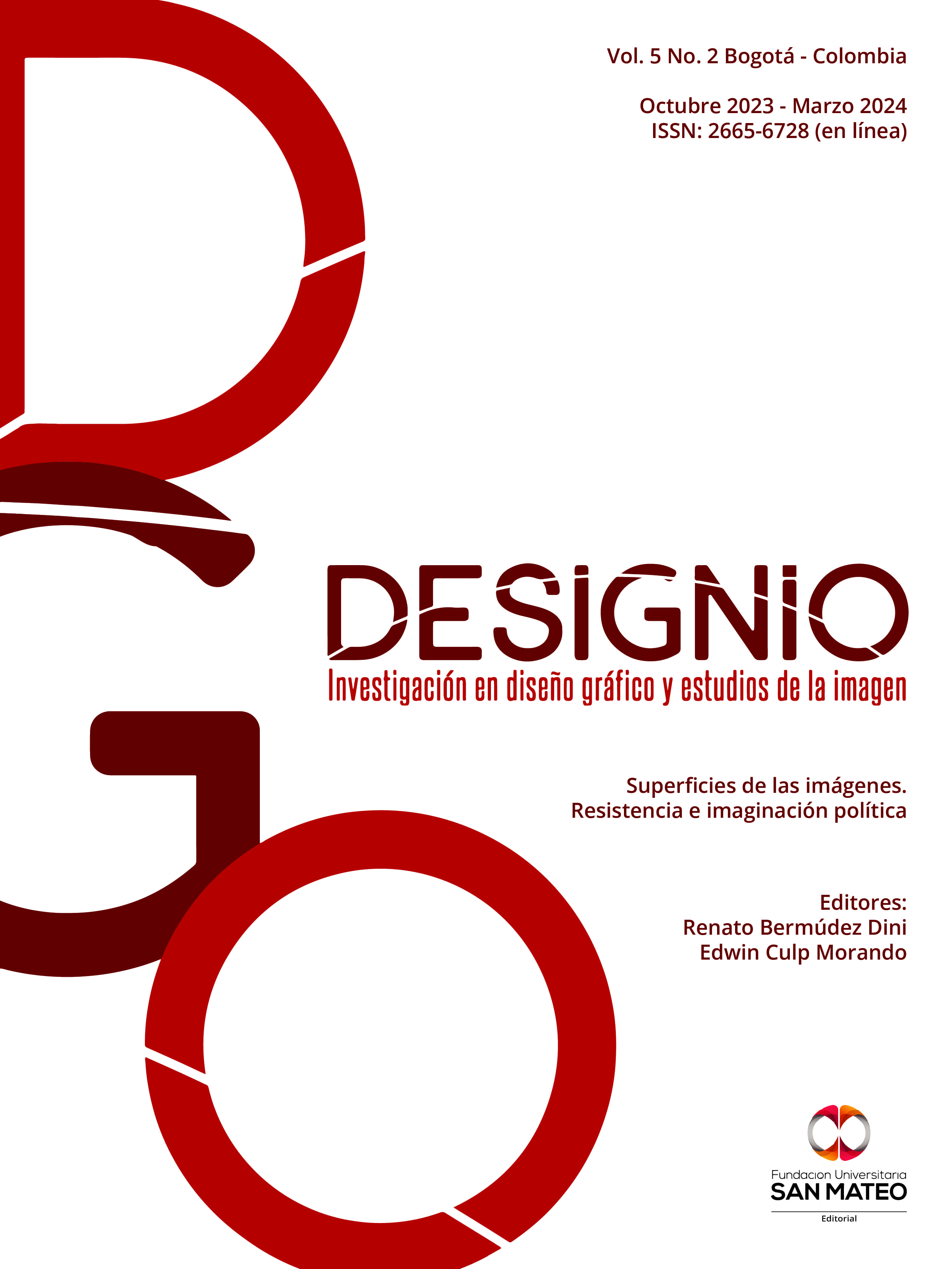Imaginaries of Migration A Journey with no Return
Main Article Content
Abstract
This article addresses international migration from Mexico to the United States during the nineties, from the perspectives of five women that went through it. It presented their experiences through qualitative methodologies and, specifically, narrative research. From these experiences, I analyze the self-image of the migrant woman, as well as their imaginaries of migration or migratory imaginaries. The main hypothesis is that these personal narratives allow for a comprehension, from a different standpoint, of the cultural and social context that they are part of. This qualitative and arts-based approach lets us portray the migratory processes at a micro social level and offer a deeper understanding of the phenomena by taking the voice of the implicated into account. The research aims to draw attention to women within the migratory process, through their own voice, and through the recollection of their life experiences. The empowerment of these women starts with the imaginary of migration. After arrival, and during the first few months, there is a contraposition between the expected imaginary and the new reality faced; expected changes are not produced immediately and there is a difficulty to understand the new social and cultural codes. Later on, when adaptation begins and these women develop new abilities, empowerment continues and eventually consolidates.
Downloads
Article Details

This work is licensed under a Creative Commons Attribution-NonCommercial-NoDerivatives 4.0 International License.
References
Albarrán, M. y Manero, R. (2010). La migración: Una institución. Enseñanza e Investigación en Psicología, 15(1), 159–181. https://www.redalyc.org/articulo.oa?id=29213133011
Anzaldúa, G. (1987). Borderlands La Frontera The New Mestiza. Spinsters/Aunt Lute. http://www.worldcat.org/oclc/16644702
Appadurai, A. (2001). La Modernidad desbordada: Dimensiones culturales de la globalización. Ediciones Trilce, Fondo de Cultura Económica.
Castoriadis, C. (2013). La institución imaginaria de la sociedad. Tusquets.
Cervantes, J. (2015, 9 de septiembre). Migración, remesas y género. El caso de México [Ponencia]. XVI Encuentro Internacional de Estadísticas de Género, Aguascalientes, México.
Fernández-Núñez, L. (2015). Cómo aplicar el análisis narrativo temático a narrativas escritas en entornos online. REIRE: Revista d’Innovació I Recerca En Educació, 8(1), 92-106. https://dialnet.unirioja.es/servlet/articulo?codigo=4990076
García Crispín, G. (2016). Trazando líneas y contando historias. Investigación biográfica narrativa en torno a experiencias femeninas de migración México-California [Tesis doctoral, Universitat de Barcelona]. Repositorio institucional Universitat de Barcelona. http://hdl.handle.net/10803/373906
Hernández, R., Fernández, C. y Baptista, P. (2014). Metodología de la investigación (6ª ed.). McGraw-Hill.
Kabeer, N. (1999). Resources, Agency, Achievements: Reflections on the Measurement of Women’s Empowerment. Development and Change, 30, 435–464. https://doi.org/10.1111/1467-7660.00125
Lavine, E. (2007). Migrantes mexicanos en Estados Unidos: situación socioeconómica e inserción en el mercado laboral. En J. González (Ed.), Migración internacional: efectos de la globalización y las políticas migratorias (pp. 27–46). Universidad Autónoma del Estado de México.
Sancho, J., Hernández, F., Larraín, V. y Montané, A. (2012). La entrevista como espacio de relaciones en una investigación planteada como acompañamiento. En J. Rivas et al. (Coord.), Historias de vida en educación: sujeto, diálogo, experiencia (pp. 153–160). REUNI+D. http://diposit.ub.edu/dspace/handle/2445/32345

